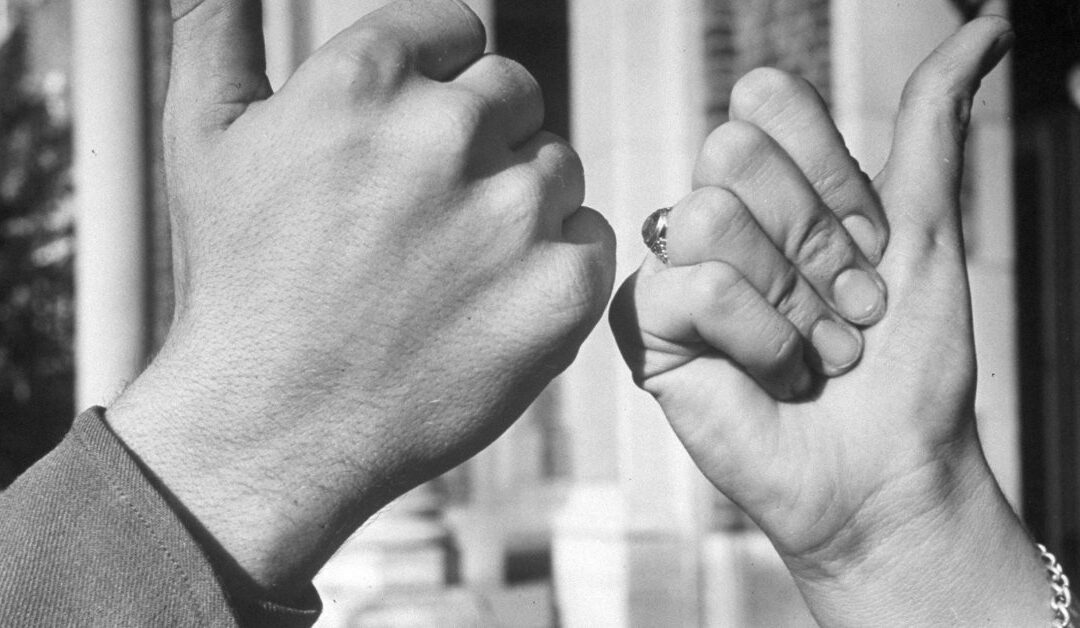“My thumbs hurt!!” More and more people come into my office and complain of pain at the base of their thumbs. Usually, the joint right next to the wrist. You cannot open your hands, gripping things become difficult, and the pain can radiate while sitting and doing nothing with your hands. There are reasons for this and it is usually not arthritis as most may think.
Why Do My Thumbs Hurt? How did This Happen?
There is a large muscle that wrap around the thumb and connects to your index finger. When you grip anything, the thumb plays a huge role in maintaining that grip. Just try picking up anything without using your thumb. It is almost impossible. Yet, we seem to know so little about how this area works. This is one of the major areas of our body that separates from other mammals.
Things like typing on a keyboard, cell phone, even a flip phone, playing sports with a club or racquet, or even writing with a pen can cause this pain to happen. Hobbies like sewing, knitting, cooking, painting, or any activity that requires you grip anything to perform your hobby or job can cause this pain to happen. It is just inevitable, but we never teach people how to prevent it from happening. once it happens, we have braces, pain killers, hand wraps, or injections to try and stop the pain, but they never really do for long periods of time. That just seems odd to me.
How is This Treated?
When the thumbs hurt and you are dealing with this type of pain most people start by taking over-the-counter pain killers. Over time they begin to become less effective, so we move on to a heated wrap, liniment, or cold wrap to reduce the inflammation. As that becomes less effective, we move on to a brace until the pain is just too much, then comes the injection. Finally, we give up our work or hobby thinking our body can’t take it anymore. these treatments are taken as if what you are doing has nothing to do with the cause of the pain. This seems to be the case in most injuries. What you are doing has everything to do with what you are feeling.
It is true that each of the above-mentioned treatments work for a little while, but there is a reason the pain keeps coming back and it is what you are doing, or not doing. The above treatment can reduce inflammation but does not release and soften the muscles. The lactic acid is building up in your muscles each and every time you use your thumb. Think of a bank account with compounding interest. Each day the interest grows and grows making your account larger and larger. Lactic acid works the same way. Just because you reduced the inflammation doesn’t mean you got rid of the lactic acid. SO, each day you do your job or hobby you create more on top of what was already there. You are just running around in circles.
How Do I Stop this Pain?
Feel the area between the thumb and index finger. It either feels hard or painful when you squeeze it, maybe both. Look at the webbing between the thumb and index finger. is it as wide as it used to be? Look down at the thumb and follow the bones down to the wrist. Right before the wrist is a joint called a saddle joint. You only have 2 of them and they are at the base of both thumbs. the pain is caused by the muscle, the Thenar Eminence, between the thumb and the index finger getting stiff and hard from overuse. Begin by gently pressing in this area, breathing out, and allowing the muscle to relax. Work the entire area until it is soft and pain free. I do this several times a day as you cannot overdo it. now your are ready to stretch out the webbing.
If your thumbs hurt, look below at 2 stretches for the thumbs. One stretch is for the extension of the thumb and the other for the widening of the webbing. While there are many stretches for the wrist and fingers, these 2 are the best ones to get you started.
Stretching the forearms is important for pain relief, but also for improving your grip. Did you know that tight forearms can contribute to your grip getting worse, especially as you age? Too many times when someone complains of a weak grip, the professional wants to improve their hand strength. Sometimes that is the correct call, however, if the 5 muscles on the outside of the forearm are tight, it can make the 5 muscles on the inside overwork. Let me explain. On the inside knot of the elbow there 5 muscles that attach there and run down the arm, through the carpal tunnel, and out to the tips of the fingers that allow you to grip things. On the outside knot of the elbow, there are 5 muscles there that run down the arm to the tips of the fingers that allow you to let go. If the outside ones are tight, the inside ones must overwork to hold onto anything in your hand. Your hand feels weak, but it may be just stiff. Some blame it on lack of strength, others on arthritis, and still others on old age. The truth is you are just rusted up!
Live Life with a Strong Grip!
Once you have stretched out your forearms and hands, then still feel weak, now improve your strength. Don’t forget though, that when you are building strength, you must stretch daily to prevent stiffness or worse yet an injury. Stretching lubricates the joints, discs, improves posture, and prevents injuries. It is a daily thing like how your pet stretches every day. In fact, let your pet remind you to stretch. if you stretch as much as they do, you will soon be more flexible.
If you like this newsletter, please share with your friends and family. Don’t forget to check out our social media pages, leave a comment, and as always, reviews are awesome!
If you like this newsletter, please share with your friends and family. Don’t forget to check out our social media pages, leave a comment, and as always, reviews are awesome!
SUBSCRIBE to view all the videos that demonstrate Stretch n’ Release exercises to prevent running injuries and reduce pain.
Want to Talk with Me Directly? Start Here
We’re happy to offer you a complimentary 30-min virtual consultation so you can experience this for yourself. Schedule your introduction to Stretch n Release now.
About The Muscle Repair Shop
Drawing upon his personal experience as a former competitive athlete turned wheelchair, obese and chronic pain sufferer, Muscle Repair Shop Founder Butch Phelps decided to take his health into his own hands when at the age of 36 he was told he might not make it to his 40th birthday. Applying balanced nutrition advice from his doctor along with a sound exercise program, he went from 315 lbs. to 180 lbs. Motivated by his experience, he then acquired degrees in advanced therapeutic massage and aging sciences to help people eliminate chronic pain. This included applying his expertise in how people age, including the effects of dementia, anatomy, psychology, and the day-to-day struggles living as an older person to his practice and development of The Muscle Repair Shop’s one-of-a-kind Stretch n’ Release Technique.
Available through in-office and virtual coaching treatment sessions, this unique combination of stretching and breath work teaches the brain to release the emotional side of muscle tension and pain allows clients to find lasting relief and healing from stiffness, aches, injuries, and chronic pain. The at-home exercises come with customized instructional videos and virtual or in-office support, allowing clients to enjoy and experience life and sports as they did before limitations slowed or curtailed activities.


